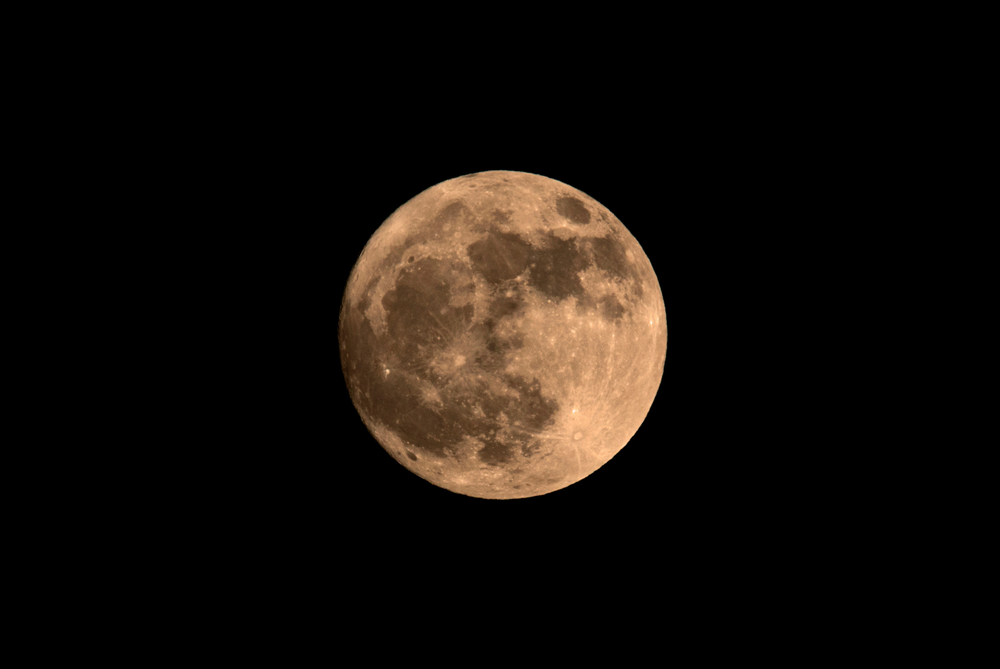 The ‘Full Beaver Moon’ in November Aligns With the Longest Lunar Eclipse of the Century
The ‘Full Beaver Moon’ in November Aligns With the Longest Lunar Eclipse of the Century
The November full moon—known as the “Beaver Moon”—this year will coincide with the longest partial lunar eclipse of the century.
As the chill of autumn grows colder, and days grow shorter, the nearing of winter solstice harks a time when trap setters once sought to subdue those large rodents, beavers, and procure their pelts to keep warm in the months ahead.
On the night of November 19, a full moon named after that dam-building mammal brings with it a celestial phenomena: a “partial lunar eclipse,” where the Moon will be almost completely obscured by the Earth’s shadow.

Here’s what you need to know about the Full Beaver Moon and its coinciding lunar eclipse:
What are lunar eclipses?
Lunar eclipses only occur during full moons, when the sun and moon are on near opposite sides of the Earth and a terrestrial shadow is cast upon the lunar surface. There are three categories of lunar eclipses: “total,” “partial,” and “penumbral.”
A total lunar eclipse is when the moon fully enters the area behind the Earth where the sun is totally blocked out in shadow—called the “umbra.” Total lunar eclipses cause the moon to take on a red hue as light passing through the Earth’s atmosphere is filtered and refracted upon the moon’s surface. This is also called a “blood moon” because of its red color.

Partial lunar eclipses (such as this month’s) are when the moon is partially inside the umbra, the rest being in the “penumbra”—where the sun is only partially blocked by the Earth. During partial lunar eclipses, the moon appears partly obscured in the Earth’s round shadow, with the full moon still visible at one end.
This month’s partial lunar eclipse will see 97 percent of the moon’s surface enveloped inside the umbra, making it almost a total eclipse—and will be the longest partial eclipse of the century, lasting 3 hours, 28 minutes, according to NASA.

Thirdly, penumbral lunar eclipses are when the moon is inside the penumbra but outside the umbra; which tends to dim the moon’s light slightly but lacks the dramatic shadow profile of other eclipses—where the Earth, sun, and moon are nearly lined up in a straight line. Penumbral lunar eclipses are sometimes hardly noticeable to the eye.
Why is November’s full moon called the “Beaver Moon”?
According to Native American and early Colonial tradition, this moon coincides with the season when traps were laid out to catch beavers for their pelts to keep warm during the coming winter months.
The November full moon is also called the “Frost Moon,” as the month ushers in colder temperatures.


What moon watchers need to know:
For stargazers hoping to glimpse the Beaver Moon, the celestial sight will rise at 5:00 p.m. Eastern, reaching peak illumination around 3:58 a.m. The lunar eclipse will be visible (weather permitting) from North and South America as well as Australia and parts of Asia and Europe.
For specific times the eclipse will be visible in your location, visit timeanddate.com. During the eclipse, the Earth’s shadow will cover most of the full moon, leaving a sliver of light peeking out below.
The full moon after this will be the “Cold Moon” (also called the “Oak Moon” or “Long Night Moon”), occurring on December 18.
As for the next lunar eclipse, it will be a total eclipse, though sky watchers will have to wait until May 16, 2022, before casting their gazes upon it.





